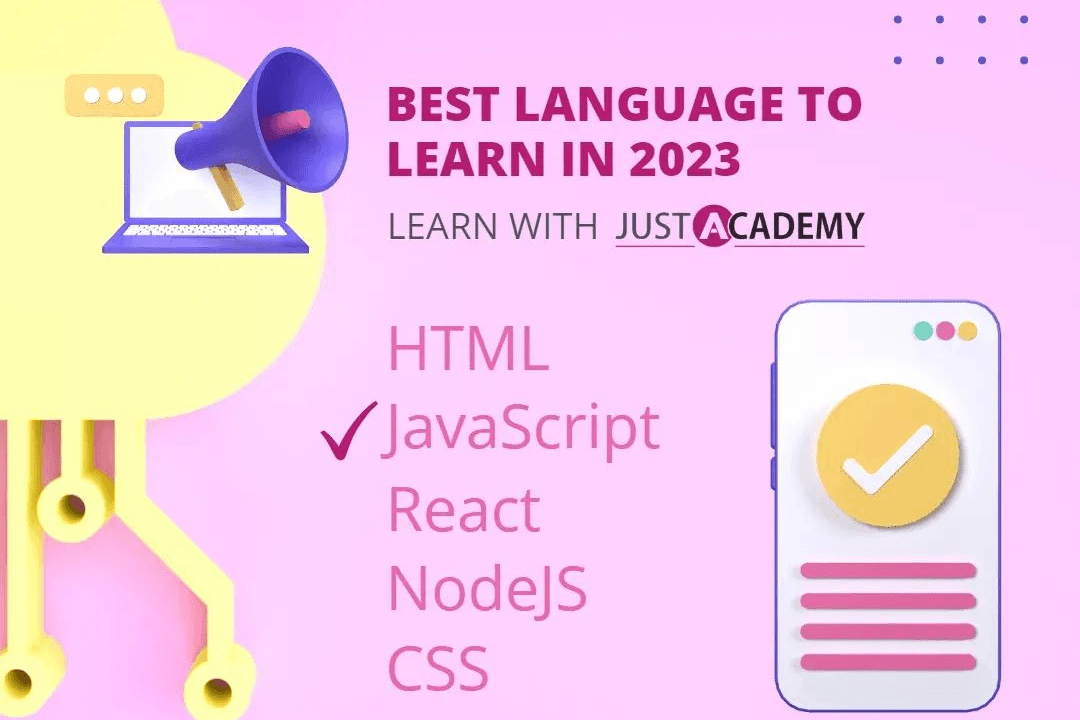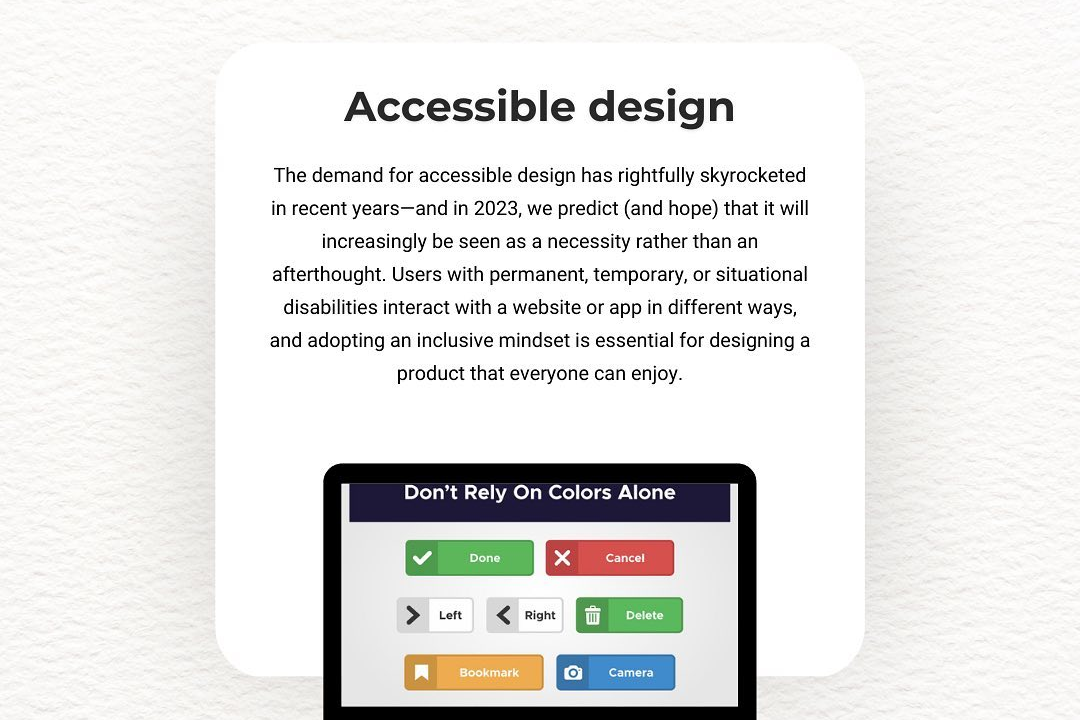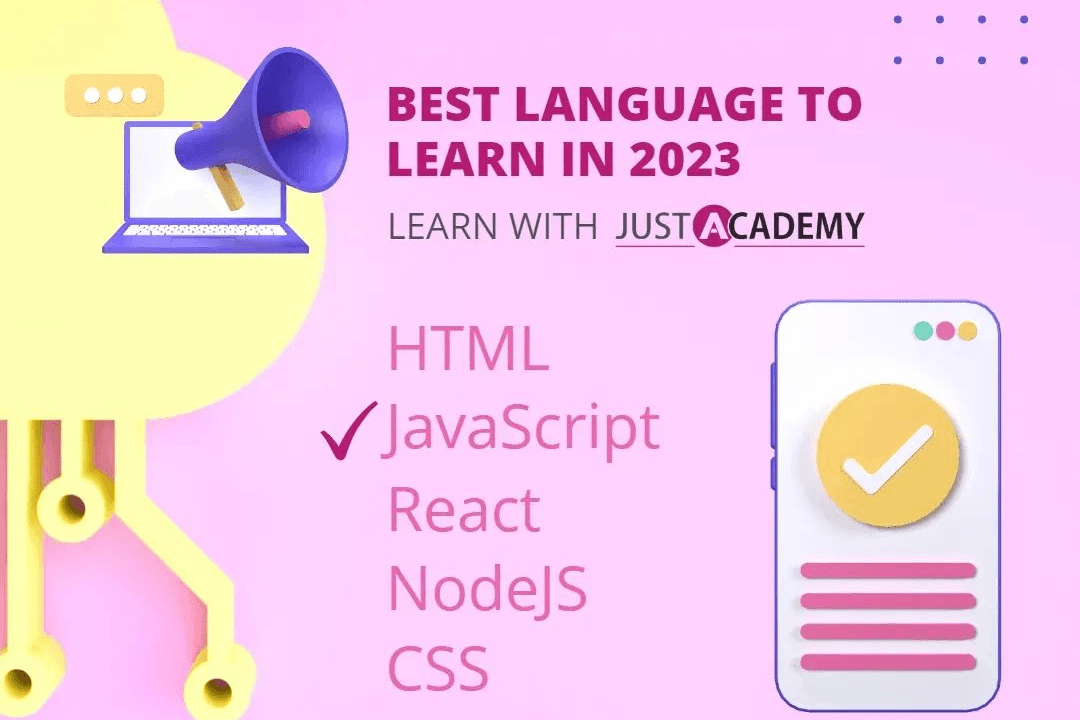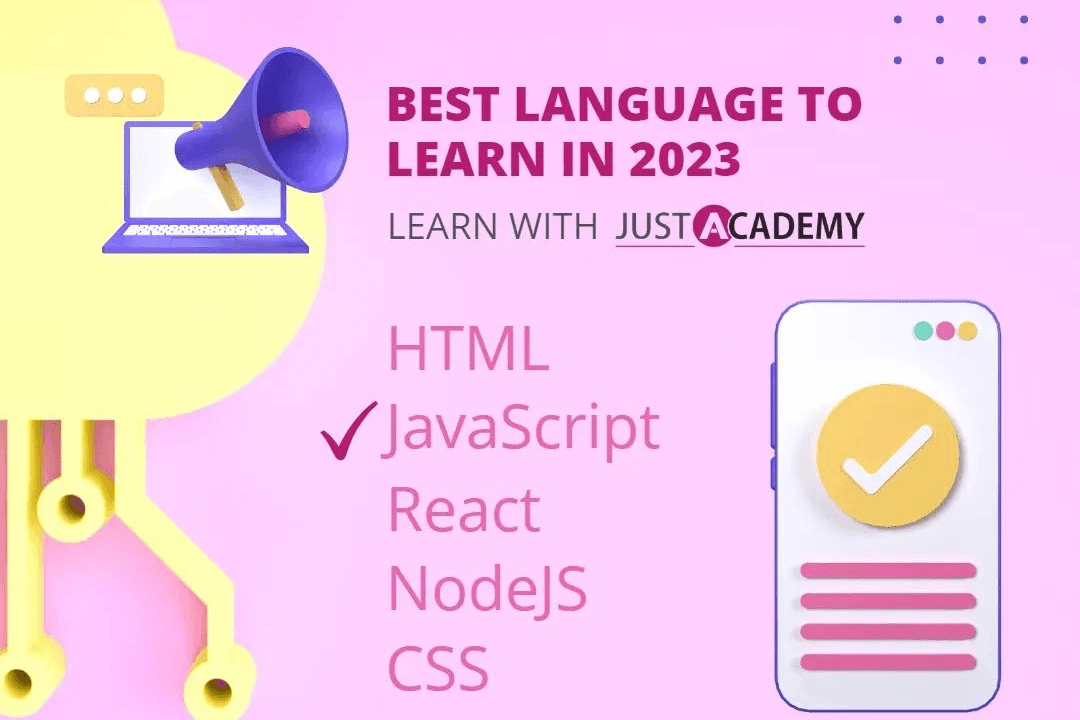Servlets
Understanding Servlets: A Comprehensive Guide
Servlets
Servlets are server-side Java programs that handle client requests and generate dynamic web content, typically in response to HTTP requests. They operate within a web server or servlet container, such as Apache Tomcat, which manages their lifecycle, including loading, initialization, and handling multiple concurrent requests. A servlet can read input data from a request, process business logic, interact with databases, and send back responses in the form of HTML, JSON, or other formats. By facilitating the development of web applications, servlets serve as a foundation for Java-based web technologies and frameworks, allowing for the creation of scalable and efficient server-side applications.
To Download Our Brochure: https://www.justacademy.co/download-brochure-for-free
Message us for more information: +91 9987184296
1 - Definition: Servlets are Java programs that run on a web server and handle client requests, typically in the context of Java EE (Enterprise Edition) applications.
2) Request Response Model: Servlets operate on a request response model, where a client (usually a web browser) sends an HTTP request and the servlet processes it to generate an HTTP response.
3) Lifecycle: The servlet lifecycle is managed by the servlet container (like Apache Tomcat) and consists of three main phases: loading and instantiation, initializing, and handling requests.
4) Initialization: When a servlet is first requested, the servlet container loads it into memory and calls its `init()` method to perform any startup operations such as resource allocation.
5) Handling Requests: For each client request, the servlet's `service()` method is invoked, which typically calls `doGet()` or `doPost()` methods depending on the request type.
6) Response Generation: Servlets generate responses using the `HttpServletResponse` object, which allows developers to set response status codes, headers, and content types.
7) Session Management: Servlets can maintain session information using the `HttpSession` object, allowing stateful interactions with clients over multiple requests.
8) Concurrency: The servlet container typically creates a new thread for each client request, allowing multiple clients to interact with the server concurrently.
9) Deployment Descriptor: The configuration of servlets is defined in the `web.xml` file (deployment descriptor), where servlets are mapped to specific URLs.
10) Java EE Integration: Servlets are an integral part of the Java EE platform, often working alongside JavaServer Pages (JSP) and JavaBeans to create web applications.
11) Error Handling: Servlets can handle errors and exceptions gracefully using error pages, which can be defined in the `web.xml` file or through annotations.
12) Security: Servlets can be secured using various mechanisms such as SSL, authentication, and authorization constraints described in the deployment descriptor.
13) Performance: Servlets are generally more efficient than CGI scripts as they are written in Java and run within the server's memory, avoiding the overhead of starting a new process for each request.
14) Scalability: The architecture of servlets supports scalability in web applications, as they can handle a large number of concurrent requests efficiently.
15) Framework Support: Servlets are supported by various web frameworks (such as Spring MVC), enhancing their functionality and simplifying the development of complex web applications.
16) Cross Platform: Being based on Java, servlets can run on any platform that supports a Java Virtual Machine (JVM), making them platform independent.
17) Development Tools: Popular IDEs like Eclipse and IntelliJ IDEA provide robust support for building servlet based applications, including features for debugging and deployment.
This comprehensive overview points out the fundamental aspects of servlets, making it easier for students to understand their significance in web application development.
Browse our course links : https://www.justacademy.co/all-courses
To Join our FREE DEMO Session: Click Here
Contact Us for more info:
- Message us on Whatsapp: +91 9987184296
- Email id: info@justacademy.co
google cloud big data and machine learning fundamentals












